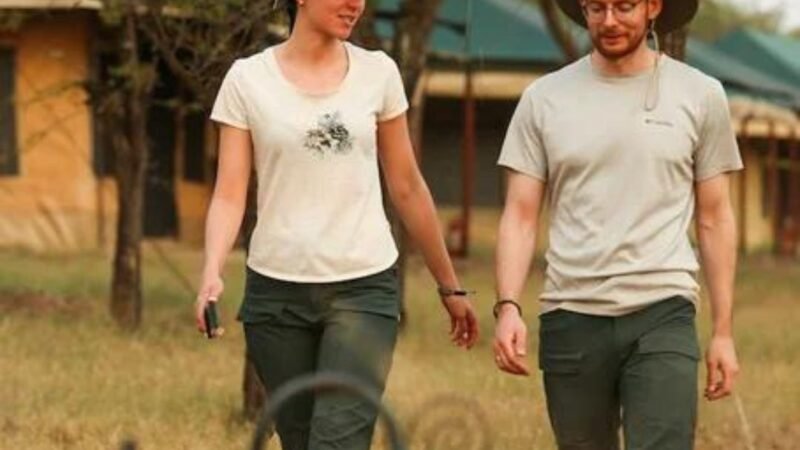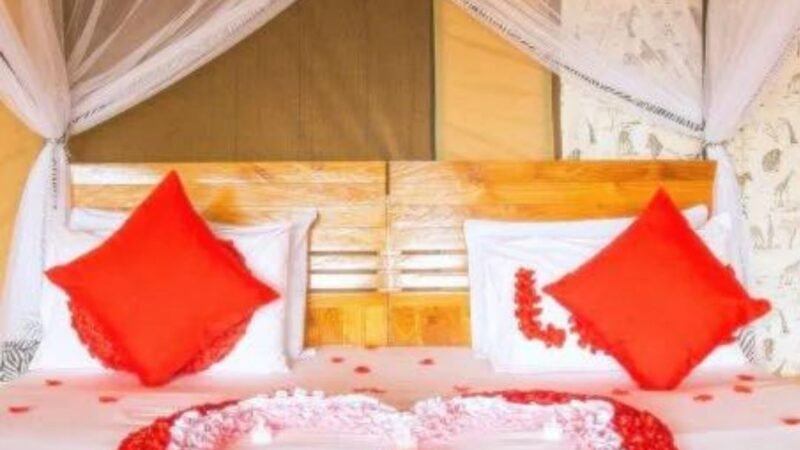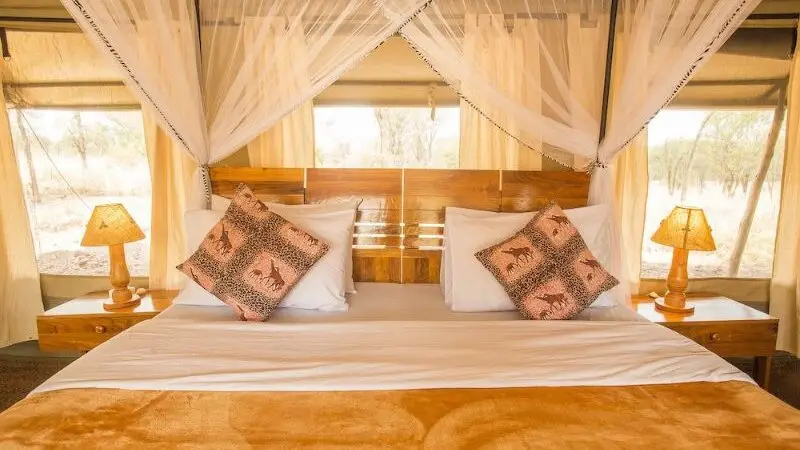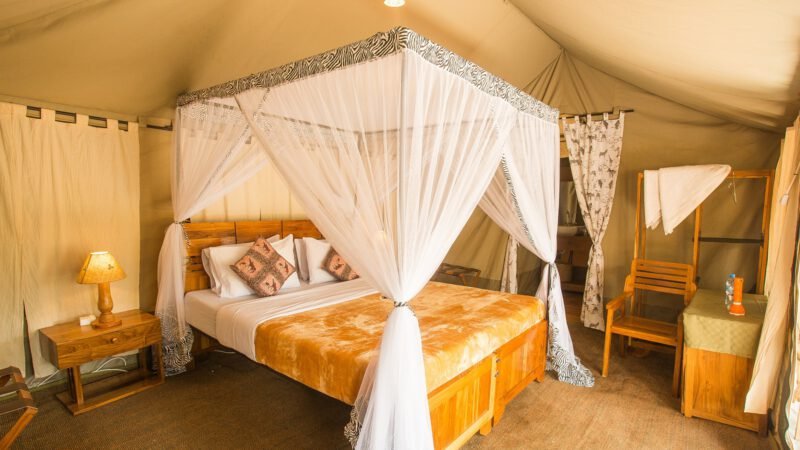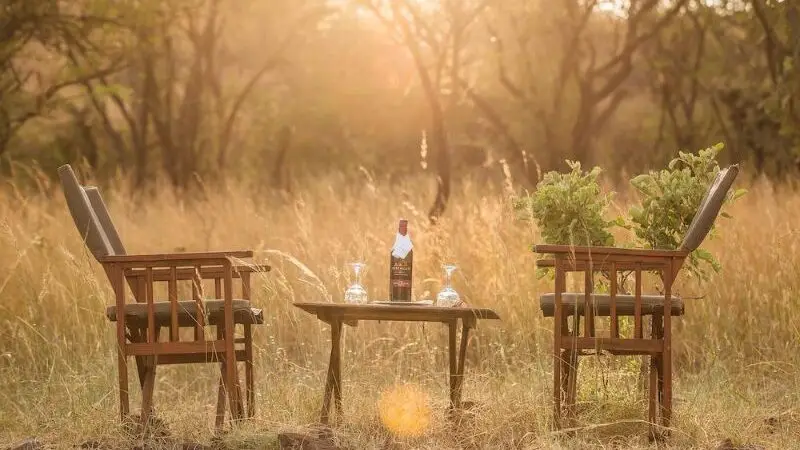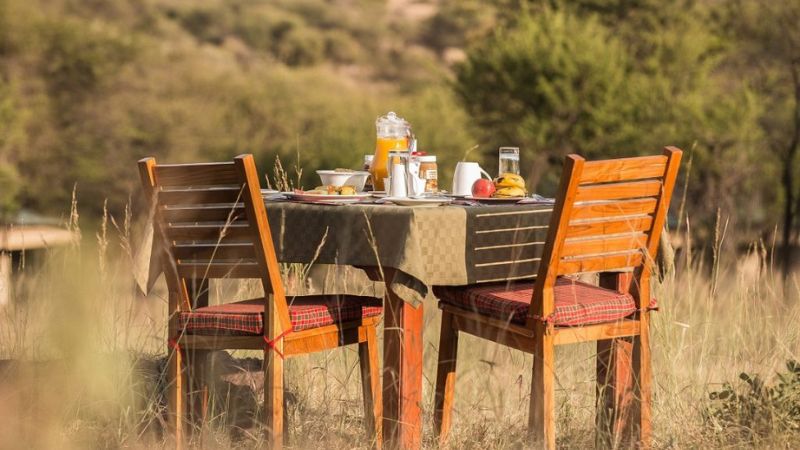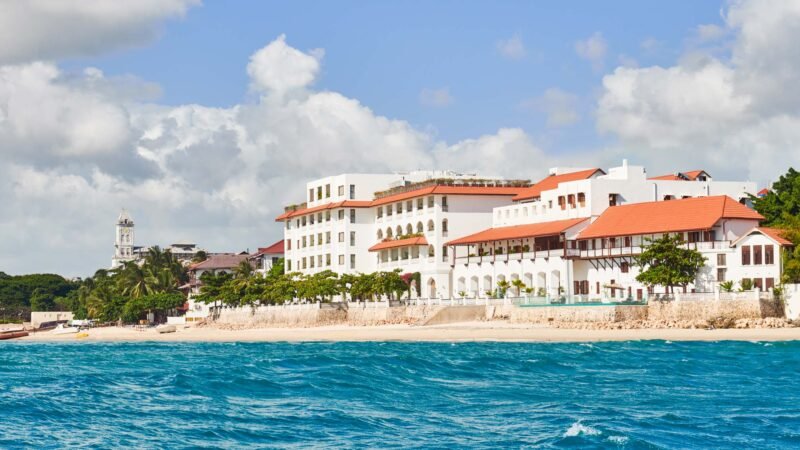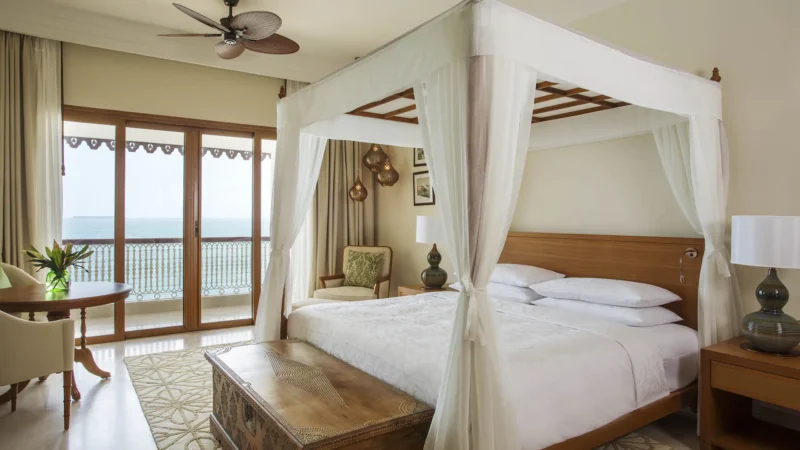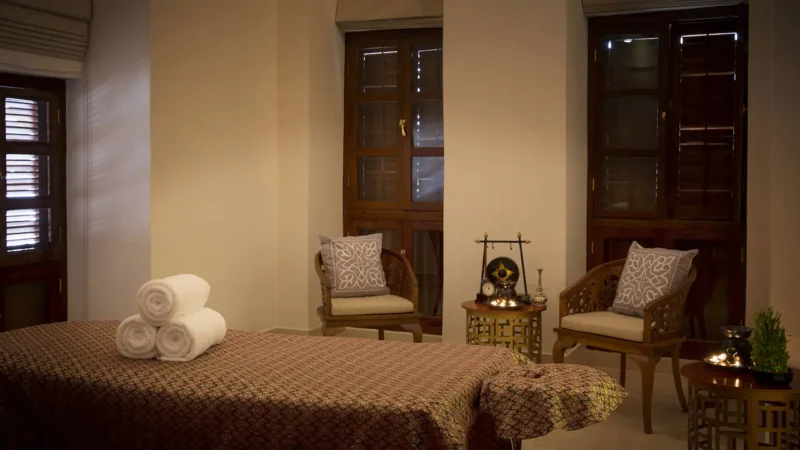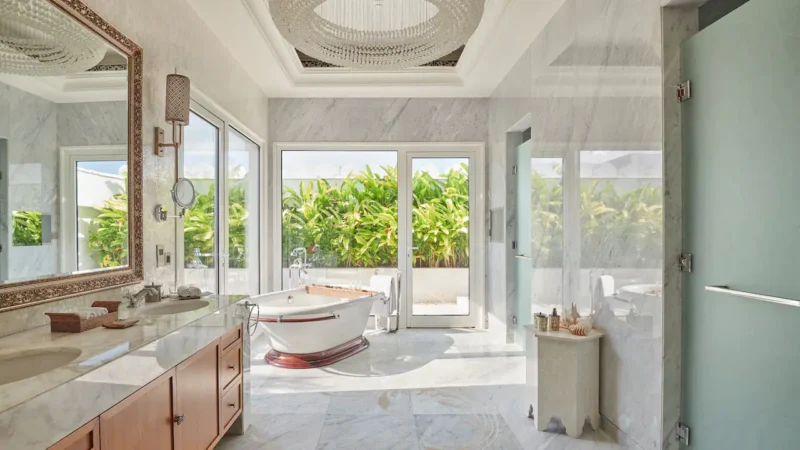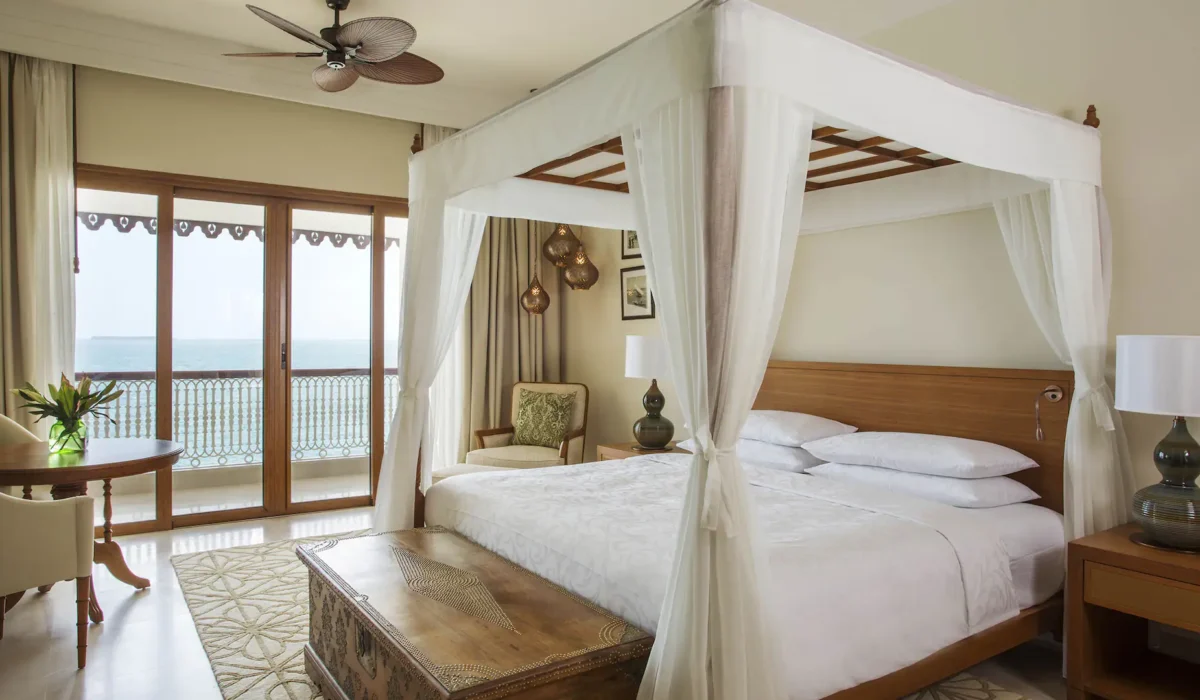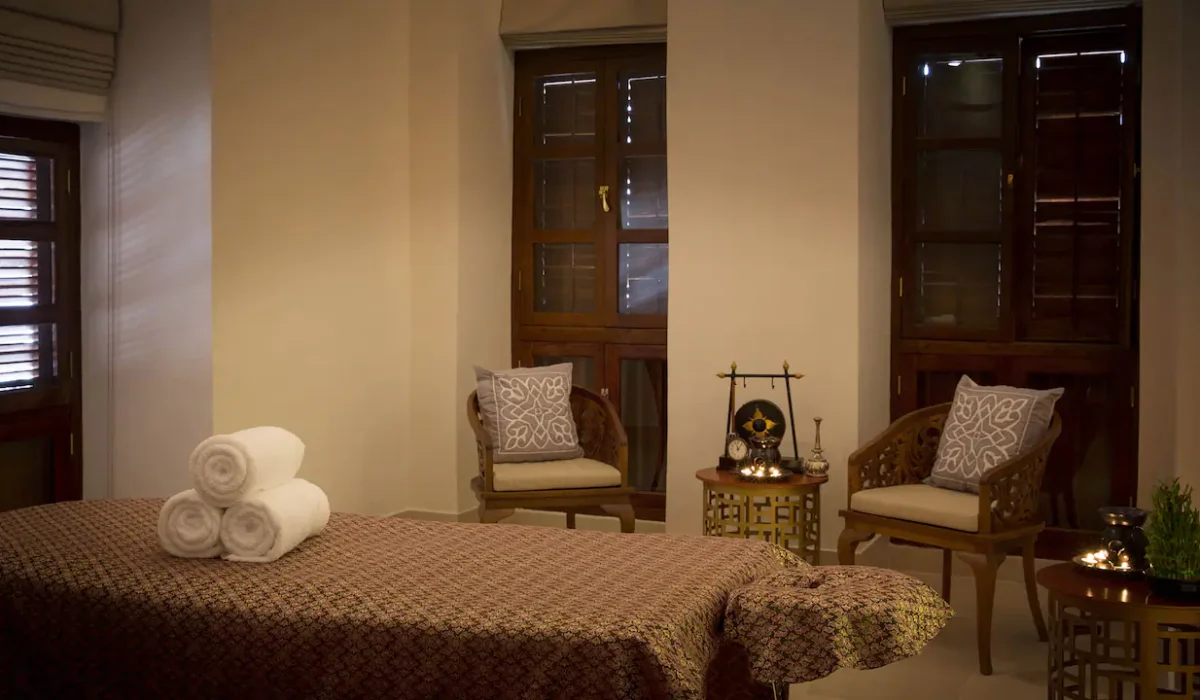Family Safari Activities in the Serengeti
Tanzania Family Getaway
Tanzania, a gem of East Africa, is renowned for its breathtaking landscapes, rich culture, and extraordinary wildlife. Among its many attractions, the Serengeti National Park stands out as a must-visit destination for families looking to embark on an unforgettable safari adventure. A family safari in the Serengeti offers not only an opportunity to witness nature’s greatest spectacles but also a chance to bond and create lasting memories amidst stunning surroundings.
This guide will walk you through the various family-friendly activities, wildlife encounters, and tips for making the most of your Serengeti safari experience. With Seko Tours, your family’s adventure will be seamless, enriching, and safe.
Highlights
- Enjoy unforgettable wildlife safaris in the Serengeti.
- Relax on pristine beaches in Zanzibar.
- Discover the wonders of Mount Kilimanjaro together.
- Explore the rich culture of Tanzania’s villages.
- Stay in family-friendly lodges with stunning views.
- Visit the Ngorongoro Crater for a unique safari.
- Experience close encounters with wildlife in Tarangire.
- Enjoy fun activities like snorkeling and dhow cruises.












Top Family Safari Activities in the Serengeti
The Serengeti is home to the Great Migration, one of the most spectacular wildlife events on Earth. A variety of ecosystems ensure diverse wildlife sightings, from big cats to countless bird species. The park’s vastness allows for both adventure and tranquility, perfect for families of all sizes. Numerous family-friendly activities cater to all age groups, ensuring everyone has a memorable experience.
Game Drives
Game drives are the heart of any Serengeti safari, offering families the chance to see wildlife up close.
What to Expect:
- Morning and evening drives to spot animals like lions, elephants, giraffes, and zebras.
- Knowledgeable guides provide engaging commentary and ensure safety.
- Specially designed vehicles with open roofs for unobstructed views and photography.
Tips for Families:
- Early morning drives are perfect for spotting predators.
- Bring binoculars and a wildlife checklist for kids to make the experience interactive.
Learn more about Game Drive
Walking Safaris
A walking safari offers a ground-level perspective of the Serengeti’s flora and fauna.
What to Expect:
- Guided walks led by experienced rangers.
- Learn about animal tracks, insects, and plant life.
- Walks are tailored to ensure safety, with shorter trails for families with young children.
Tips for Families:
- Wear comfortable shoes and carry water.
- Introduce kids to the “smaller wonders” of the Serengeti, like colorful birds and unique plants.
Learn more about Walking Safaris
Cultural Visits to Local Villages
Immerse your family in the culture of the Maasai people, one of Tanzania’s most iconic tribes.
What to Expect:
- Visit Maasai villages to learn about their traditions, music, and crafts.
- Participate in activities like beadwork or traditional dances.
- Children can interact with Maasai kids, fostering cultural exchange.
Tips for Families:
- Encourage kids to ask questions and engage with the locals.
- Purchase handmade crafts as souvenirs to support the community.
Learn more about Cultural Visits
Hot Air Balloon Safari
Glide over the Serengeti’s vast plains and witness wildlife from above.
What to Expect:
- Early morning departure with a breathtaking sunrise view.
- See herds of wildebeest, zebras, and elephants from a unique vantage point.
- End the experience with a bush breakfast.
Tips for Families:
- Suitable for children over a certain age (check age restrictions).
- Dress warmly for the early morning chill.
Learn more about Hot Air Balloon Safari
Picnic in the Bush
Enjoy a family meal surrounded by the Serengeti’s natural beauty.
What to Expect:
- Packed lunches prepared by your lodge or camp.
- Picnic spots with stunning views of the plains or near watering holes.
- Relax while watching wildlife in their natural habitat.
Tips for Families:
- Carry a blanket for comfort.
- Keep food secure to avoid attracting animals.
Learn more about Picnic in the Bush
Night Game Drives
Explore the Serengeti under the cover of darkness to discover nocturnal wildlife.
What to Expect:
- Specialized vehicles equipped with spotlights.
- Encounter animals like hyenas, leopards, and bush babies.
- Guides provide insights into the behaviors of nocturnal creatures.
Tips for Families:
- Ensure kids are comfortable with night activities.
- Dress warmly and carry a flashlight for personal use.
Learn more about Night Game Drives
Best Time for a Family Safari in the Serengeti
Seasonal Highlights
The Serengeti offers incredible experiences year-round, with specific seasons offering unique advantages.
June to October - Dry Season
- This is the prime time for game viewing due to sparse vegetation and wildlife gathering around water sources. Families can witness thrilling predator-prey interactions and the dramatic river crossings of the Great Migration.
- Clear skies and pleasant weather make outdoor activities enjoyable for all age groups
November to March - Green Season:
- Known for lush landscapes and vibrant greenery, this period is ideal for birdwatching enthusiasts as migratory species flock to the area.
- The calving season during these months offers families a chance to see newborn animals and their first steps, providing educational and heartwarming experiences for children.
By planning a safari during these seasons, families can align their adventure with the Serengeti’s most captivating natural events.
Family-Friendly Lodges and Camps
Wildlife Highlights for Kids
Iconic Animals
The Serengeti’s wildlife offers exciting and educational experiences for children.
- Big Cats: Lions, cheetahs, and leopards.
- The Big Five: Elephants, rhinos, buffalos, lions, and leopards.
- Unique Species: Giraffes, zebras, and wildebeests.
Children often find the Serengeti’s wildlife both fascinating and educational. Encourage them to keep a journal or sketchbook to document their sightings.
Health and Safety Tips for Families
Staying Safe on Safari
Ensuring a safe and healthy trip enhances the family safari experience.
- Vaccinations: Ensure necessary vaccinations are up to date.
- Malaria Prevention: Use insect repellent and sleep under mosquito nets.
- Travel Insurance: Opt for comprehensive coverage that includes medical evacuation.
- Hydration: Carry plenty of water to stay hydrated during activities.
- Guidelines: Follow your guide’s instructions at all times to ensure safety.
Feature Travel Tips
See Our Basic Tanzania Travel Info
Popular questions about Family Safari Activities in the Serengeti
A family safari is designed with activities, accommodations, and itineraries tailored to the needs and preferences of families, ensuring fun and safety for all age groups.
Activities like game drives, cultural visits to Maasai villages, and bush picnics are perfect for kids, providing both education and adventure.
Yes, with guided tours, secure lodges, and well-planned activities, the Serengeti is safe for families, including those with young children.
Safaris are suitable for children aged 4 and above, but specific activities like walking safaris or hot air balloon rides may have age restrictions.
The dry season (June to October) is ideal for game viewing, while the green season (November to March) is perfect for birdwatching and witnessing calving.
Yes, lodges like Serengeti Serena Safari Lodge and Four Seasons Safari Lodge offer family-friendly amenities, including spacious rooms and kids’ programs.
Families can see lions, elephants, giraffes, zebras, and more, with seasonal highlights like the Great Migration and baby animals during calving season.
Most activities, like game drives and cultural visits, are family-friendly, but some, like hot air balloon safaris, may have age or height restrictions.
Families should ensure vaccinations are up-to-date, use insect repellent, stay hydrated, and follow guides’ instructions during activities.
Seko Tours provides expert guides, family-friendly accommodations, and customized itineraries to ensure a seamless and enjoyable adventure for all ages.
Families can visit Maasai villages, participate in traditional dances, and learn about Maasai customs and crafts.
Yes, with operators like Seko Tours, families can create personalized itineraries to suit their interests and the ages of their children.
A safari of 5-7 days allows families to explore the park fully while maintaining a relaxed pace suitable for children.
Absolutely! Safaris are educational, teaching kids about ecosystems, wildlife behavior, and local cultures through interactive activities.
Yes, many lodges and camps provide kid-friendly meal options and can accommodate dietary preferences.
Essentials include lightweight clothing, sunscreen, hats, binoculars, comfortable shoes, and entertainment for kids during downtime.
If your question is not listed, please contact us from here.

